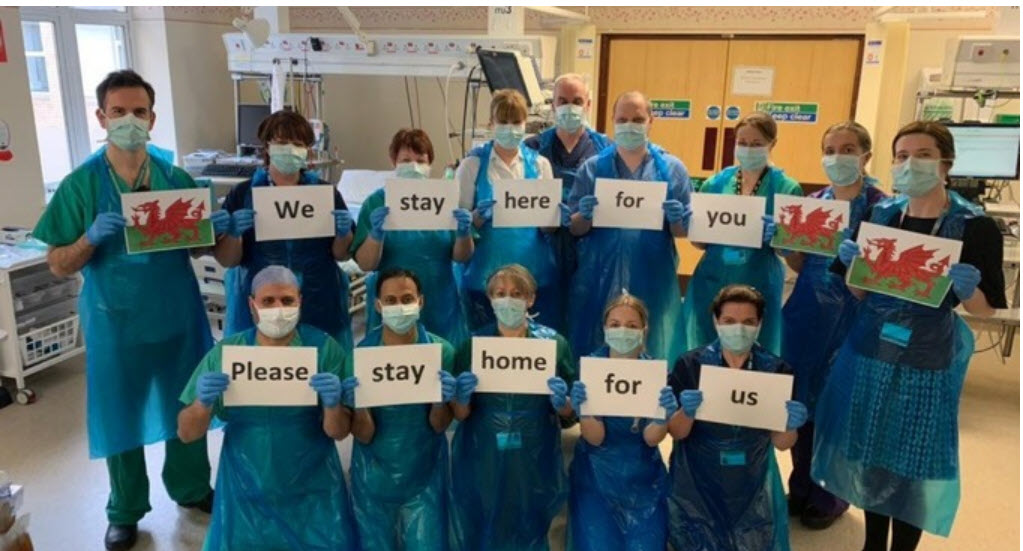 Nurses, docs, and cops Nurses, docs, and cops
are on a hero's journey -
a classic "hero's journey" -
during the COVID-19 crisis
By Ed Wojcicki
April 9, 2020
Nurses, doctors, and cops are performing tremendous services to civilization, so much so that they are following almost exactly the stages of the classic "hero's journey." In this analysis, I use Christopher Vogler's twelve stages* as my starting point.
1. The hero is introduced in his/her ORDINARY WORLD
On New Year’s Day in 2020, most nurses, doctors, and peace officers were showing up routinely for their shifts and then going home normally to their families.
2. The CALL TO ADVENTURE.
The first reported case of coronavirus occurred in November 2019 in China, and by the time of the first case in the U.S., in January 2020 in the state of Washington, the medical and law enforcement professions suspected that this would affect them directly.
3. The hero is reluctant at first. (REFUSAL OF THE CALL.)
As the number of COVID-19 cases trickles upward in the U.S., some nurses, docs, and cops were seeing it firsthand, while as recently as early March 2020, NY Governor Andrew Cuomo and many others were saying don’t panic; there’s no need to shut everything down.
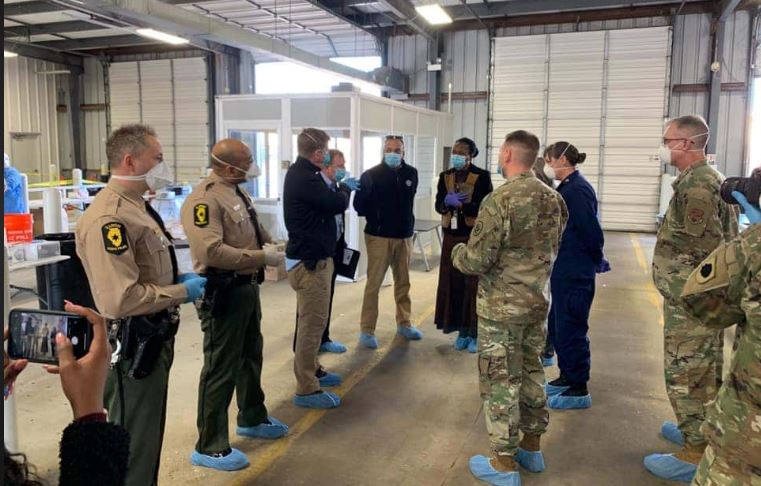
4. The hero is encouraged by a MENTOR (often a Wise Old Man or Woman)
Nurses, doctors, and cops are servant leaders with a different view. They reach back to their training and their experience. They hear their mentors’ voices – and they remind one another, “Remember, this is what we do. We serve, and we save lives.” Off to work they continue to go.
5. The hero passes the first threshold. (CROSSING THE THRESHOLD.)
Knowing the danger has arrived, the nurse and doctor head boldly to the emergency department, and the police officer responds to a domestic disturbance call and learns there is a person with COVID-19 at that address.
6. The hero encounters tests and helpers. (TESTS, ALLIES, ENEMIES.)
Everybody sees the spiking numbers of people diagnosed with COVID-19. A few people spit on cops and nurses, hoping to spread a scare about the virus. Experts say wear PPE (personal protective equipment), but there are global shortages. Politicians, even some good ones, waste time blaming other politicians, looking small in doing so. Hospitals cancel non-essential procedures, causing layoffs of medical professionals. How ironic that is. More than a few cops, doctors, and nurses contract COVID-19, and some die. Opportunistic lawyers wait in the wings, ready to sue the nurses and cops who are acting heroically.
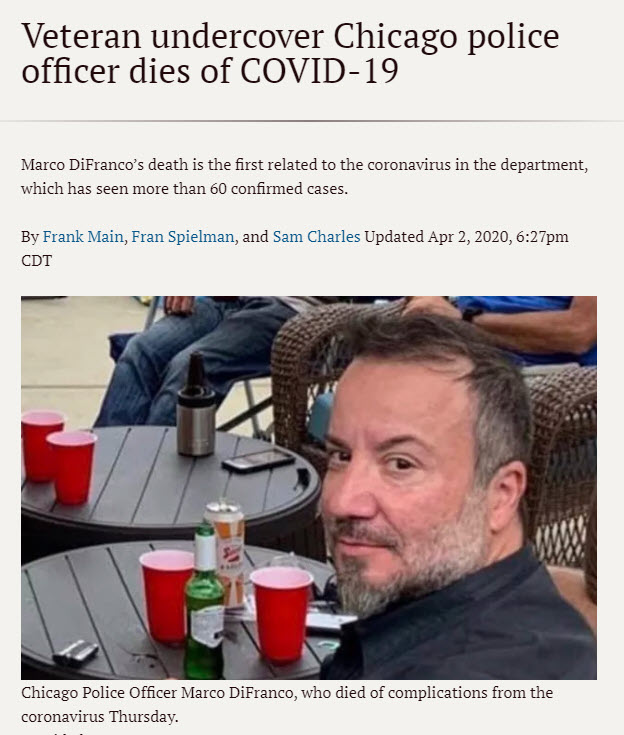
7. The hero reaches the innermost cave. (APPROACH TO THE INMOST CAVE.)
Every nurse and doctor and cop has to ask every day, “Should I go in to work today?” The answer rests deeply inside each one, and the response is a near-universal yes.
8. The hero endures the supreme ORDEAL.
Unfortunately, this has not happened yet. The big shock still seems to be in the future. On April 5, some were saying that the upcoming week would be this generation’s Pearl Harbor.
9. The hero seizes the sword. (SEIZING THE SWORD, REWARD)
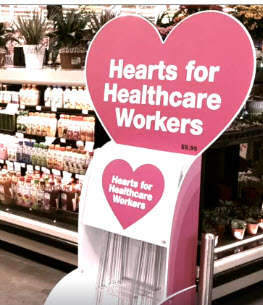 Hearts for Health Care are being displayed in solidarity with the nurses and doctors. About 94 percent of those with COVID-19 survive, at least so far, which is a testament to a global effort. Lives are being saved. Billions show they care by heeding government orders to stay at home and to “practice social distancing,” a term nobody had heard three months earlier. Everybody except the ACLU praises the police for their calm, sensitive enforcement of new social rules about public gatherings. Google modified its home page artwork one day to show love for first responders. Hearts for Health Care are being displayed in solidarity with the nurses and doctors. About 94 percent of those with COVID-19 survive, at least so far, which is a testament to a global effort. Lives are being saved. Billions show they care by heeding government orders to stay at home and to “practice social distancing,” a term nobody had heard three months earlier. Everybody except the ACLU praises the police for their calm, sensitive enforcement of new social rules about public gatherings. Google modified its home page artwork one day to show love for first responders.
10. THE ROAD BACK.
Picture after picture shows nearly empty streets and closed-up storefronts and restaurants. This is the weary and eerie path home for the first responders and medical professionals. They hold signs that say, “I stay at work for you; you stay at home for us.”
11. RESURRECTION.
Evidence of a flattened curve and flattening curve appear in a few places, notably South Korea. There is optimistic anticipation of this on every continent, maybe a week away, maybe longer. Most COVID-19 victims become symptom-free and may in fact have a new immunity. There is hope of an effective vaccine and medicine on the horizon, or maybe just over the horizon, somewhere over the rainbow.
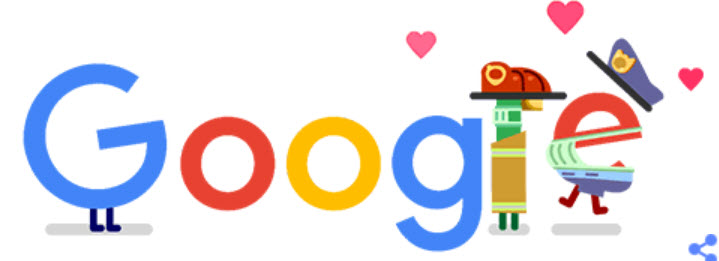 12. RETURN WITH THE ELIXIR 12. RETURN WITH THE ELIXIR
Nurses and doctors should be honored for taking on all patients and keeping most of them alive. Cops should be honored for acting with sensitivity and restraint, making possible a peaceful transition to the new normal. The elixir is a renewed appreciation for freedom of movement, human touch, and the joyful energy that is created when people gather. On city streets. In restaurants. In stadiums and concert halls. On beaches. On subways. In airports. The new normal is characterized by greater patience in every public setting, more random acts of kindness, and a new appreciation for the oneness of everybody on the planet.
ED's NOTE:
*Few stories follow the 12 stages sequentially or have all 12 stages. They nonetheless remain a viable framework for tracking the classic hero's journey. The classic Hero’s Journey of Joseph Campbell has 17 stages, often popularized in 12 stages as depicted by Hollywood producer Christopher Vogler in a 1985 seven-page memo.
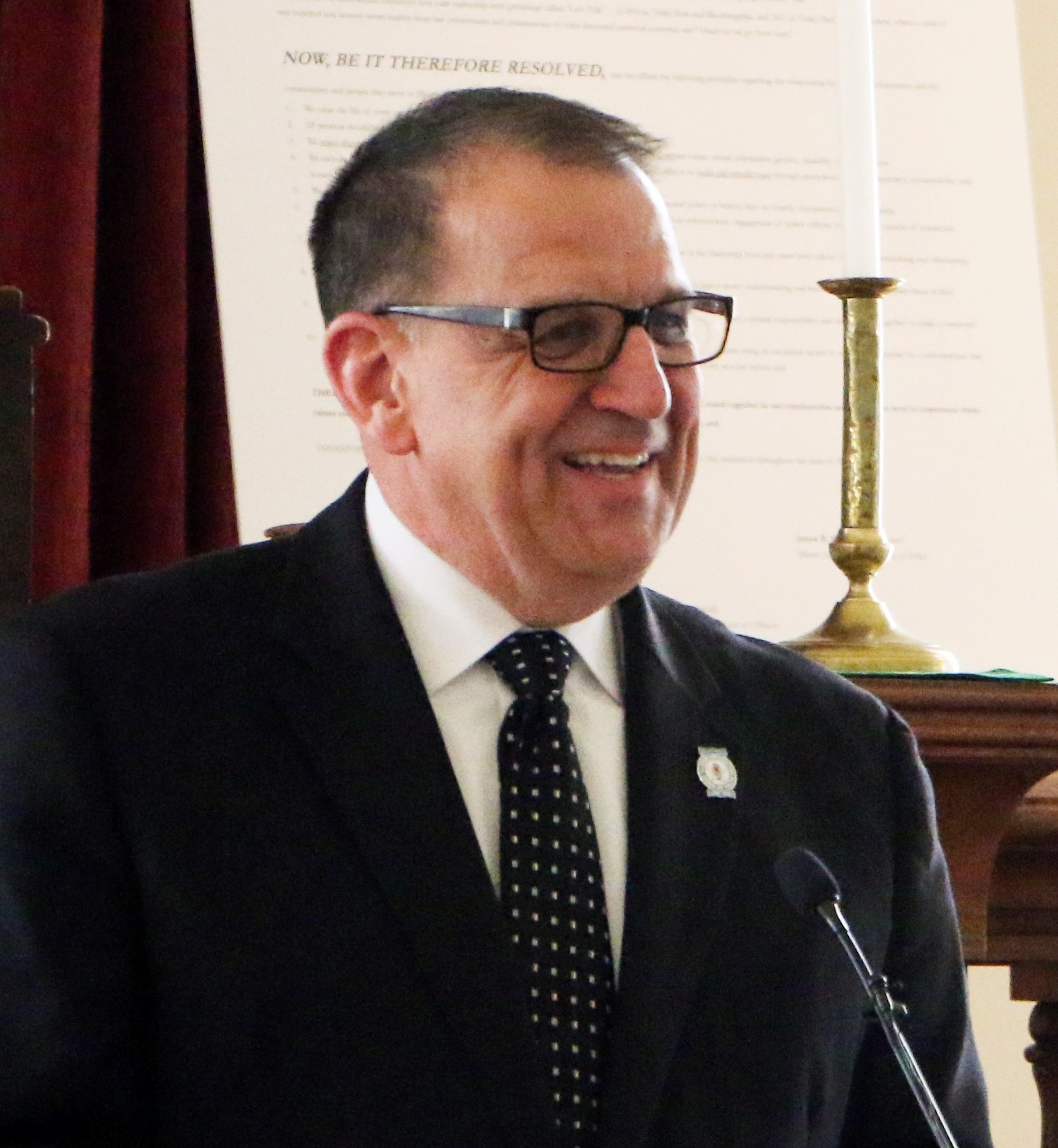 Ed Wojcicki lives in Springfield, Illinois. [email protected]. His unique applications of the hero's journey to movies, books, and cops can be found here. Ed Wojcicki lives in Springfield, Illinois. [email protected]. His unique applications of the hero's journey to movies, books, and cops can be found here.
JOSEPH CAMPBELL:
“A hero ventures forth from the world of the common day into a region of supernatural wonder: fabulous forces are there encountered and a decisive victory is won: the hero comes back from this mysterious adventure with the power to bestow boons on his fellow man.” – Joseph Campbell in The Hero With a Thousand Faces (1949)
 
|